Book: ’Tree of Codes’ by Jonathan Safran Foer
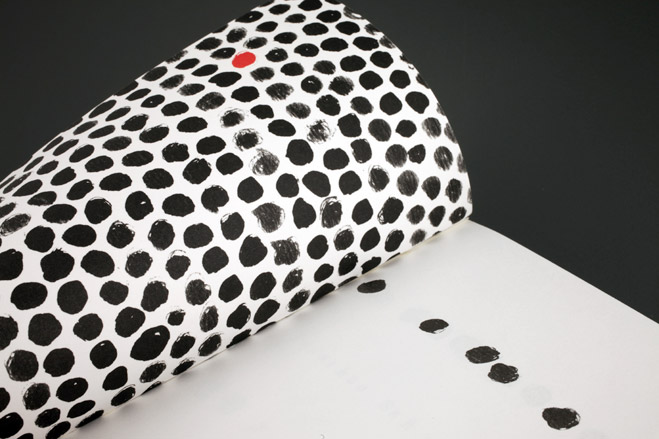
Die-cutting a few pages of the magazine for our Guest Editors issue in 2008 (W*115) was hard enough, so we pity the poor printer who took on Tree of Codes - a new tome from American writer Jonathan Safran Foer and Visual Editions. To construct his lyrical tale, Safran Foer literally sliced out chunks of text from his favourite novel, The Street of Crocodiles, by Polish author Bruno Schulz, creating a delicate and sculptural work of art that required a different die-cut on every page.
Visual Editions and the book's designer, Sara De Bondt Studio, faced rejection after rejection from printers - all of whom said it simply couldn't be done - until they stumbled upon Belgian-based Die Keure, who found a way to make the impossible possible. And after months of writing, cutting and proto-typing, Safran Foer's enigmatic story was finally born.
Tree of Codes' multi-layered narrative explores 'an enormous last day of life'. Told from the perspective of a boy coming to terms with the death of a parent, it's a haunting story, full of intense imagery. 'My father would walk along like a gardener of nothingness outside of the surface of life,' he tells us. 'He would scatter into fragments.'
'Visual writing' might be at the core of new publishing house, Visual Editions, but it doesn't let its devices become gimmicky or extraneous. In Tree of Codes, the die-cuts are key to the tale. The powerful voice that Safran Foer has exhumed from Schulz's text is made all the poignant by the gaps in between words, which have an extraordinary resonance. They give each phrase space to breath.
Safran Foer first considered using dictionaries, encyclopedias and even his own works to construct his story. 'But any of those options would have merely spoken to the process,' he says. 'I was in search of a text whose erasure would somehow be a continuation of its creation.'
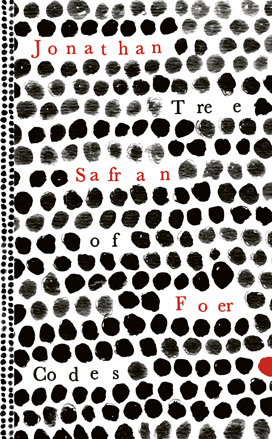
The book was designed by Sara De Bondt studio, with cover designed by Jon Gray
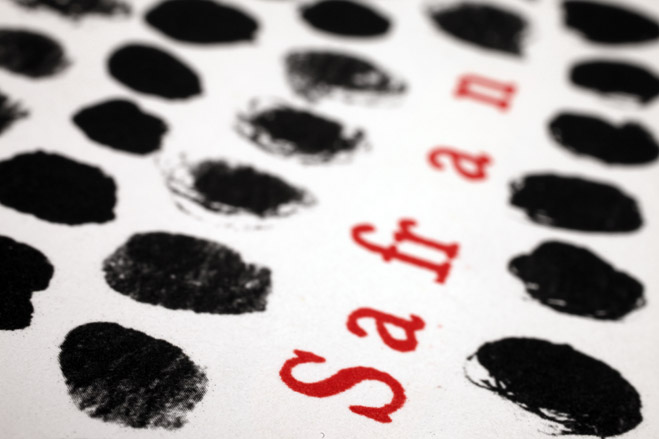
Safran Foer took The Street of Crocodiles by Bruno Schultz as his starting point

To create his haunting tale, he literally sliced out chunks of text from Schultz's story
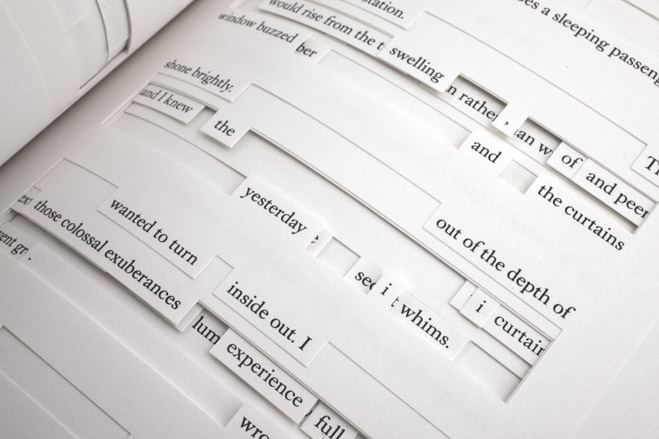
His sculptural work of art required a different die-cut on every page
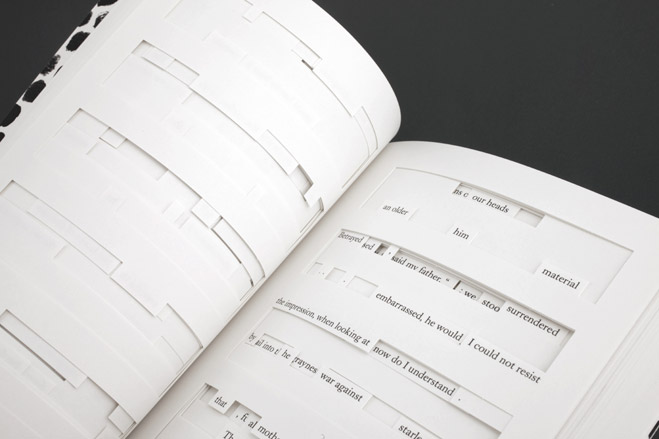
This feat was undertaken by Belgian printer, Die Keure
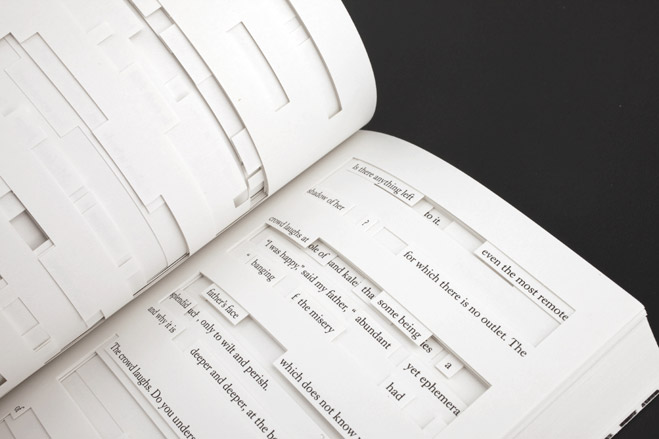
After months of writing, cutting and proto-typing, Safran Foer's enigmatic story was finally born

Written from the perspective of a boy coming to terms with the death of a parent, it is an intense tale, full of complex imagery

The die-cutting is no gimmick. The powerful voice that Safran Foer has exhumed from Schulz's text is made all the poignant by the gaps in between words, which have an extraordinary resonance.
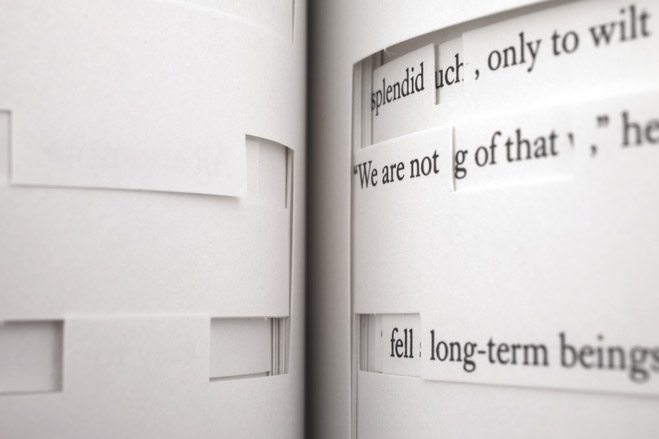
Safran Foer first considered using dictionaries and encyclopaedias to construct his story. 'But any of those options would have merely spoken to the process,' he says. 'I was in search of a text whose erasure would somehow be a continuation of its creation.'
Receive our daily digest of inspiration, escapism and design stories from around the world direct to your inbox.
Malaika Byng is an editor, writer and consultant covering everything from architecture, design and ecology to art and craft. She was online editor for Wallpaper* magazine for three years and more recently editor of Crafts magazine, until she decided to go freelance in 2022. Based in London, she now writes for the Financial Times, Metropolis, Kinfolk and The Plant, among others.
-
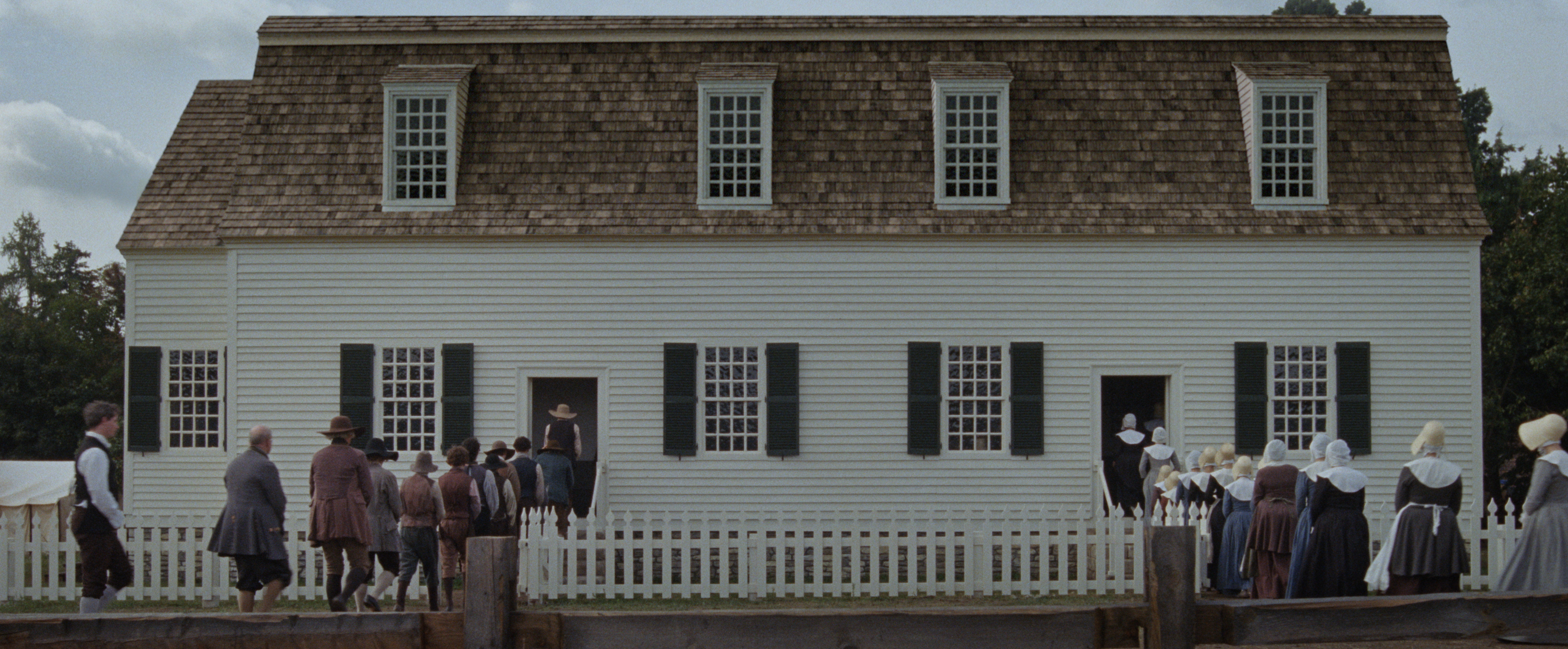 The Testament of Ann Lee brings the Shaker aesthetic to the big screen
The Testament of Ann Lee brings the Shaker aesthetic to the big screenDirected by Mona Fastvold and featuring Amanda Seyfried, The Testament of Ann Lee is a visual deep dive into Shaker culture
-
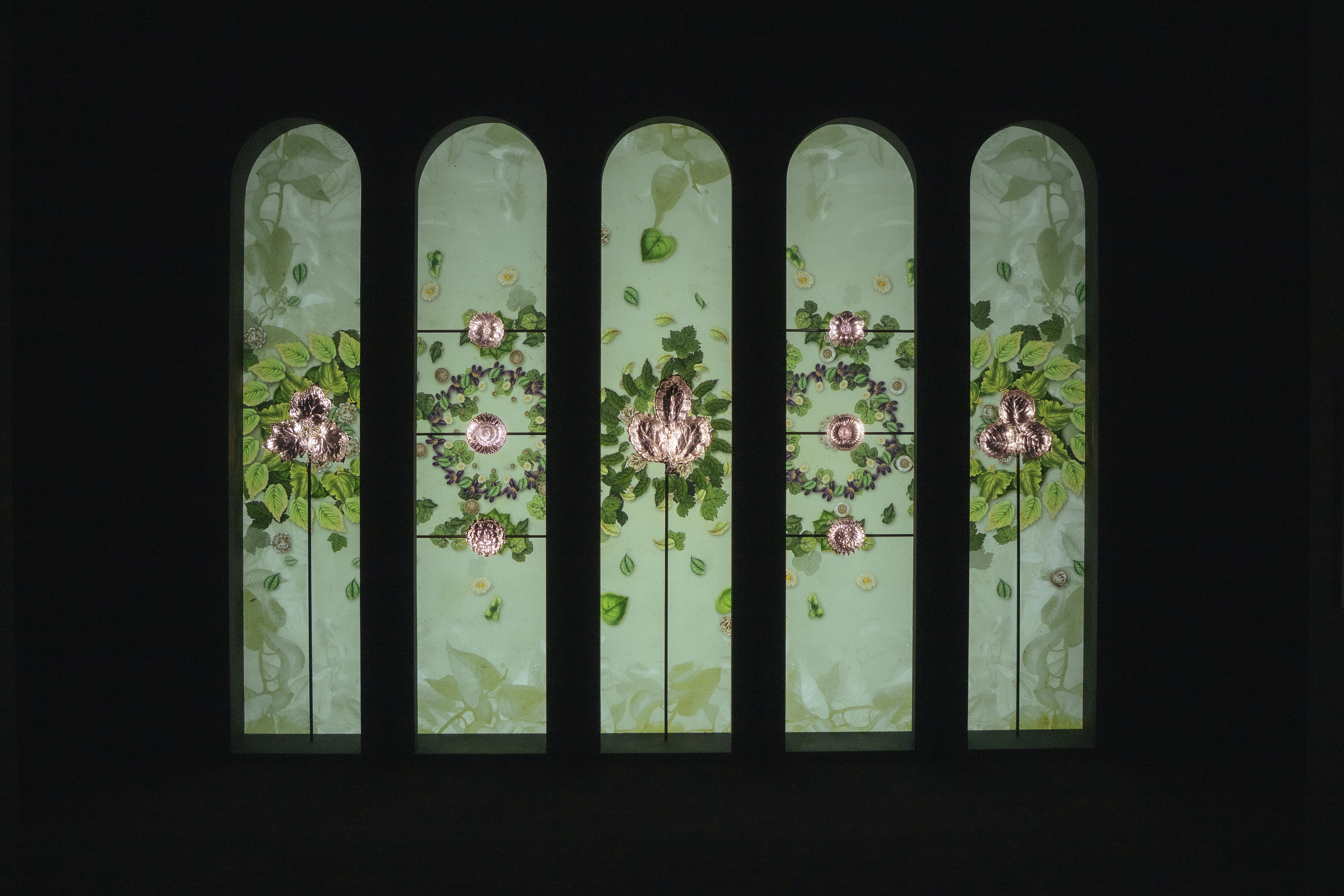 Dive into Buccellati's rich artistic heritage in Shanghai
Dive into Buccellati's rich artistic heritage in Shanghai'The Prince of Goldsmiths: Buccellati Rediscovering the Classics' exhibition takes visitors on an immersive journey through a fascinating history
-
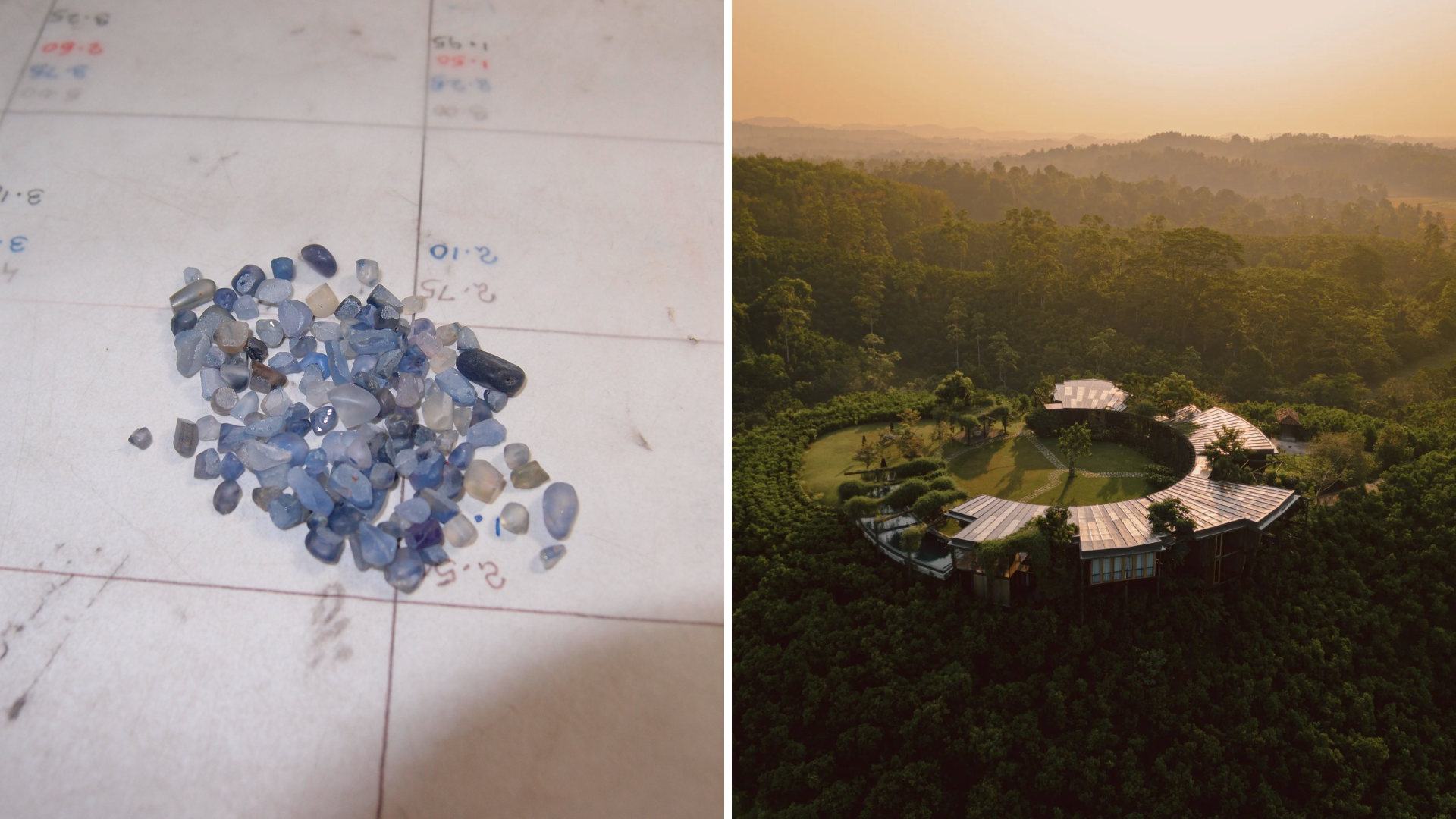 Love jewellery? Now you can book a holiday to source rare gemstones
Love jewellery? Now you can book a holiday to source rare gemstonesHardy & Diamond, Gemstone Journeys debuts in Sri Lanka in April 2026, granting travellers access to the island’s artisanal gemstone mines, as well as the opportunity to source their perfect stone
-
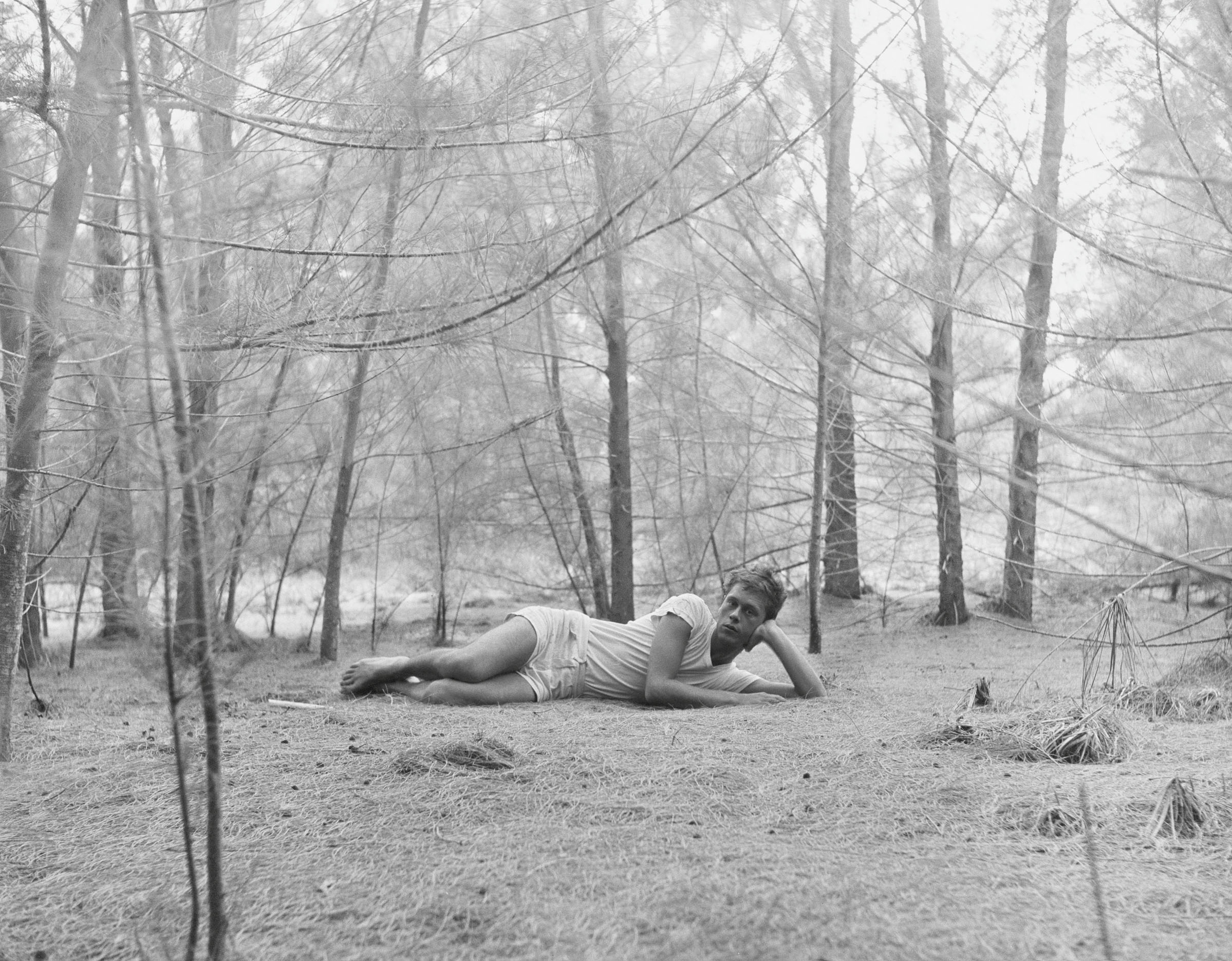 Inside the seductive and mischievous relationship between Paul Thek and Peter Hujar
Inside the seductive and mischievous relationship between Paul Thek and Peter HujarUntil now, little has been known about the deep friendship between artist Thek and photographer Hujar, something set to change with the release of their previously unpublished letters and photographs
-
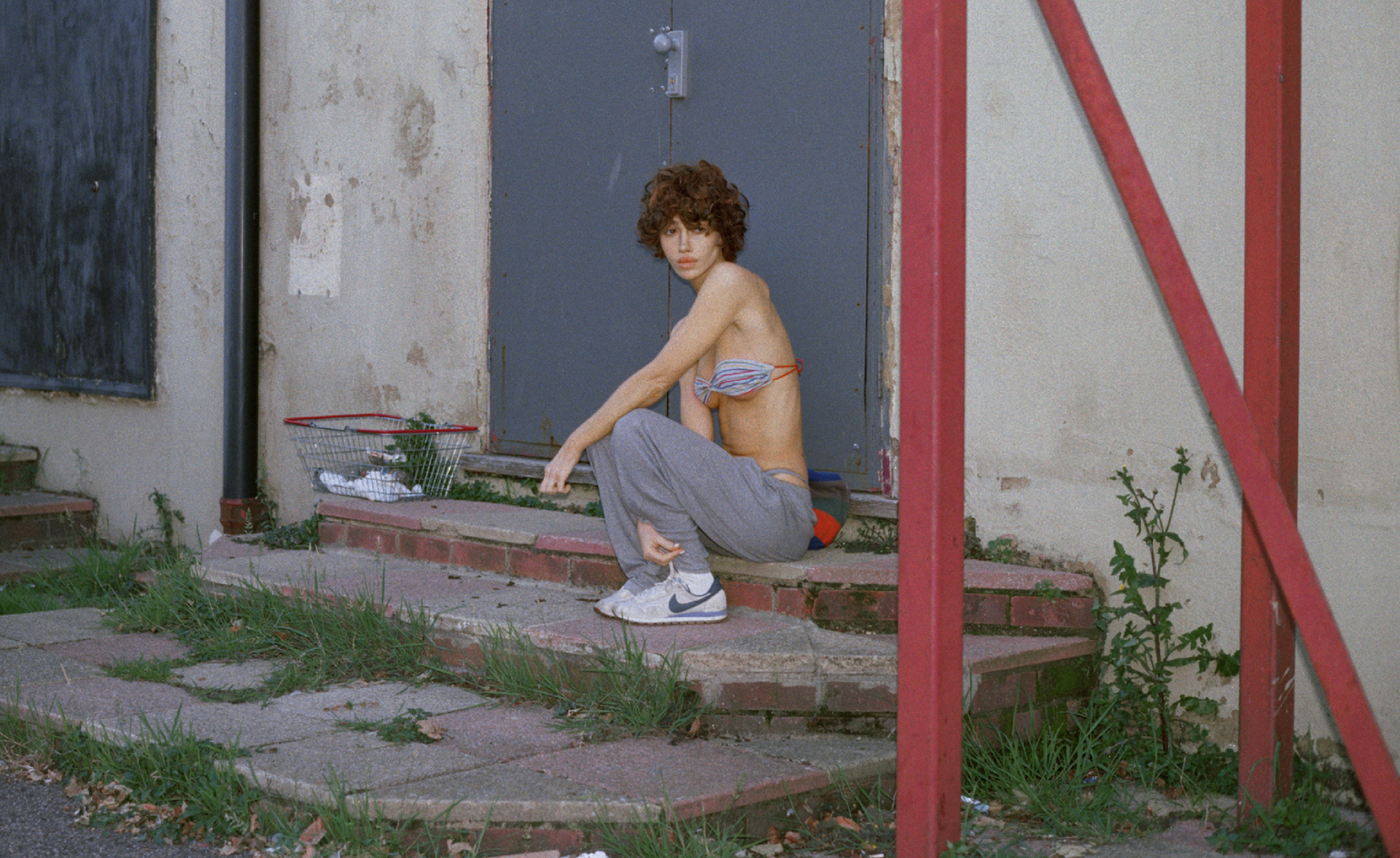 Nadia Lee Cohen distils a distant American memory into an unflinching new photo book
Nadia Lee Cohen distils a distant American memory into an unflinching new photo book‘Holy Ohio’ documents the British photographer and filmmaker’s personal journey as she reconnects with distant family and her earliest American memories
-
 Out of office: The Wallpaper* editors’ picks of the week
Out of office: The Wallpaper* editors’ picks of the weekThe rain is falling, the nights are closing in, and it’s still a bit too early to get excited for Christmas, but this week, the Wallpaper* team brought warmth to the gloom with cosy interiors, good books, and a Hebridean dram
-
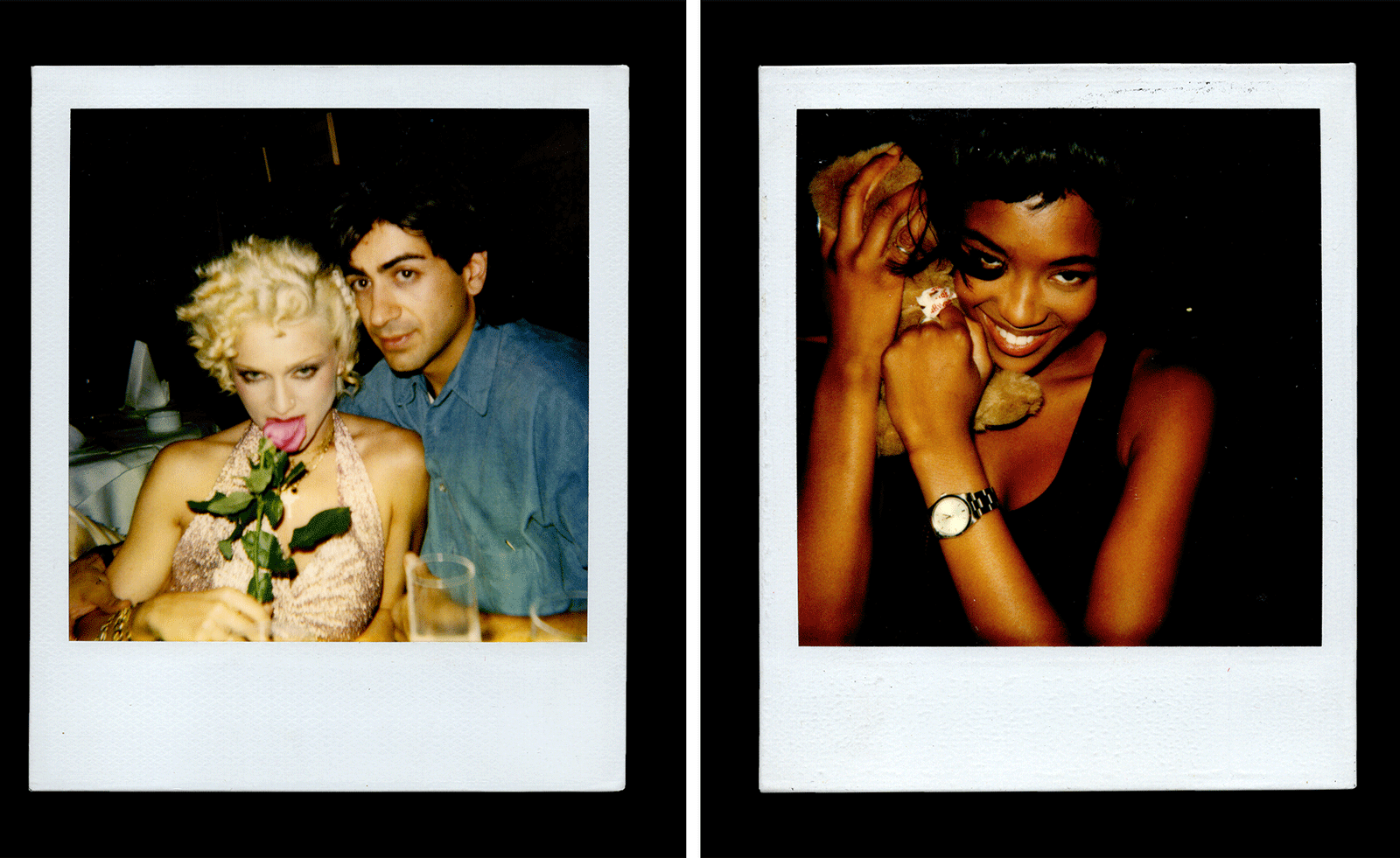 Inside Davé, Polaroids from a little-known Paris hotspot where the A-list played
Inside Davé, Polaroids from a little-known Paris hotspot where the A-list playedChinese restaurant Davé drew in A-list celebrities for three decades. What happened behind closed doors? A new book of Polaroids looks back
-
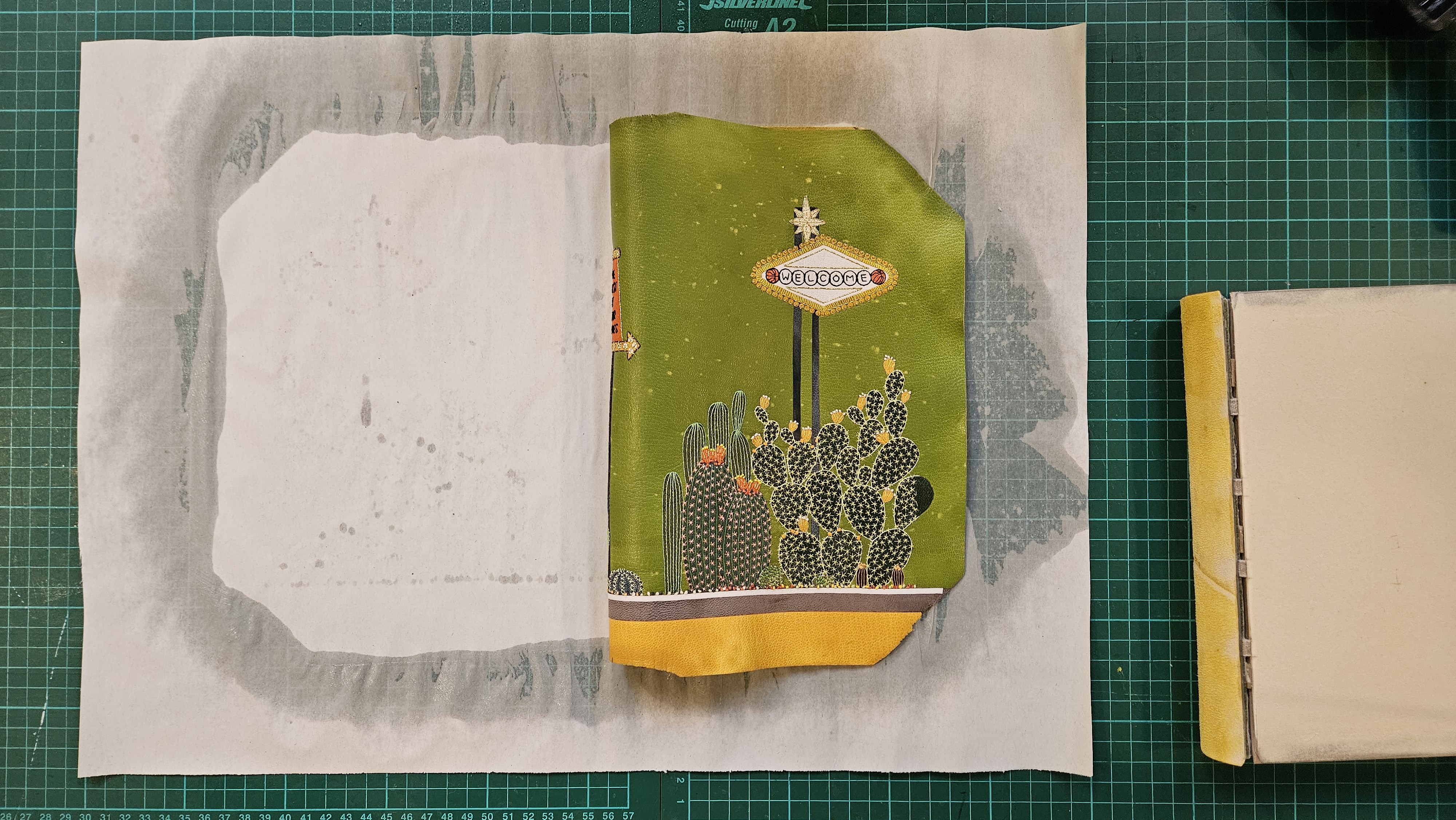 Inside the process of creating the one-of-a-kind book edition gifted to the Booker Prize shortlisted authors
Inside the process of creating the one-of-a-kind book edition gifted to the Booker Prize shortlisted authorsFor over 30 years each work on the Booker Prize shortlist are assigned an artisan bookbinder to produce a one-off edition for the author. We meet one of the artists behind this year’s creations
-
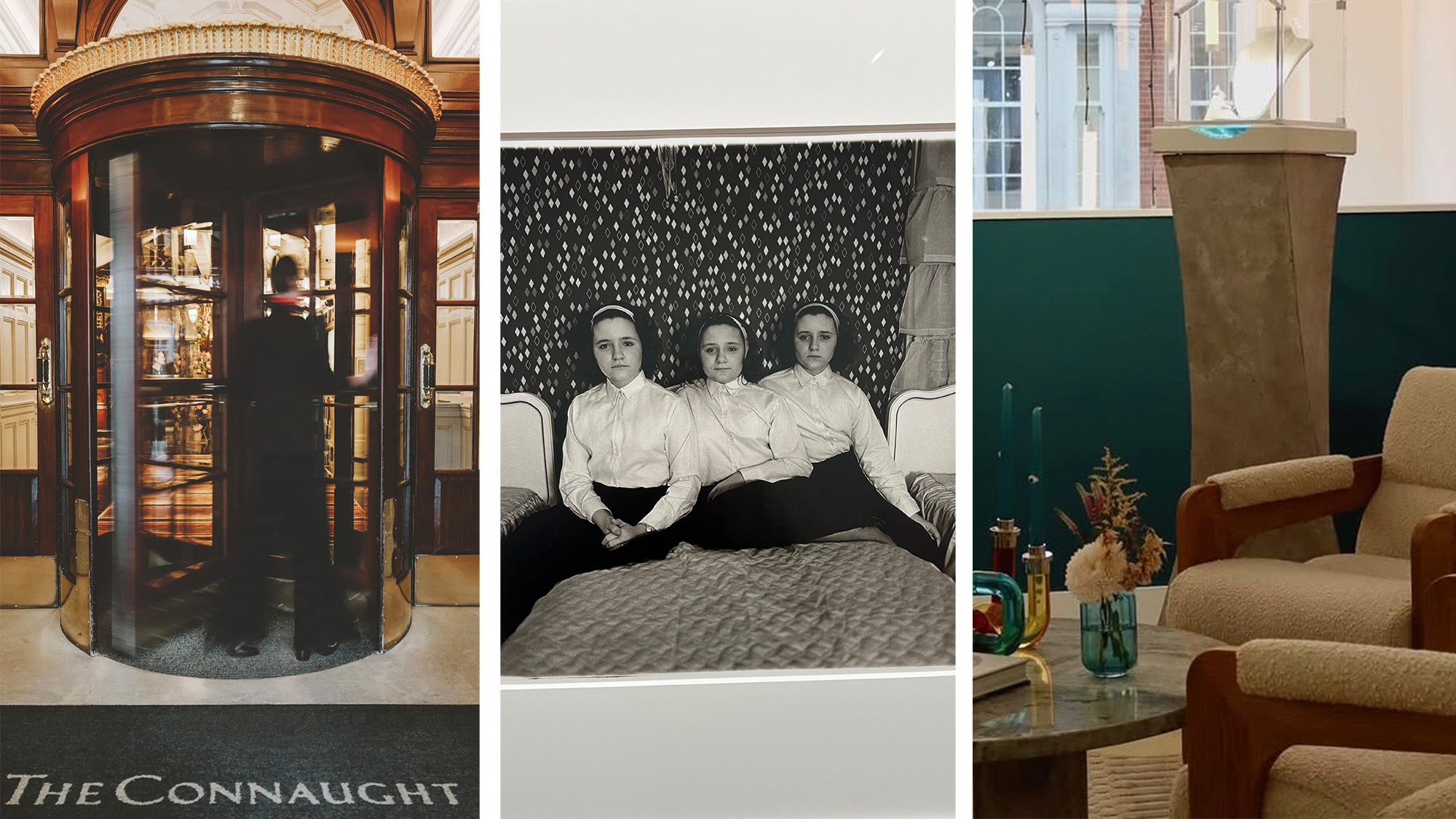 Out of office: The Wallpaper* editors’ picks of the week
Out of office: The Wallpaper* editors’ picks of the weekThis week, the Wallpaper* editors curated a diverse mix of experiences, from meeting diamond entrepreneurs and exploring perfume exhibitions to indulging in the the spectacle of a Middle Eastern Christmas
-
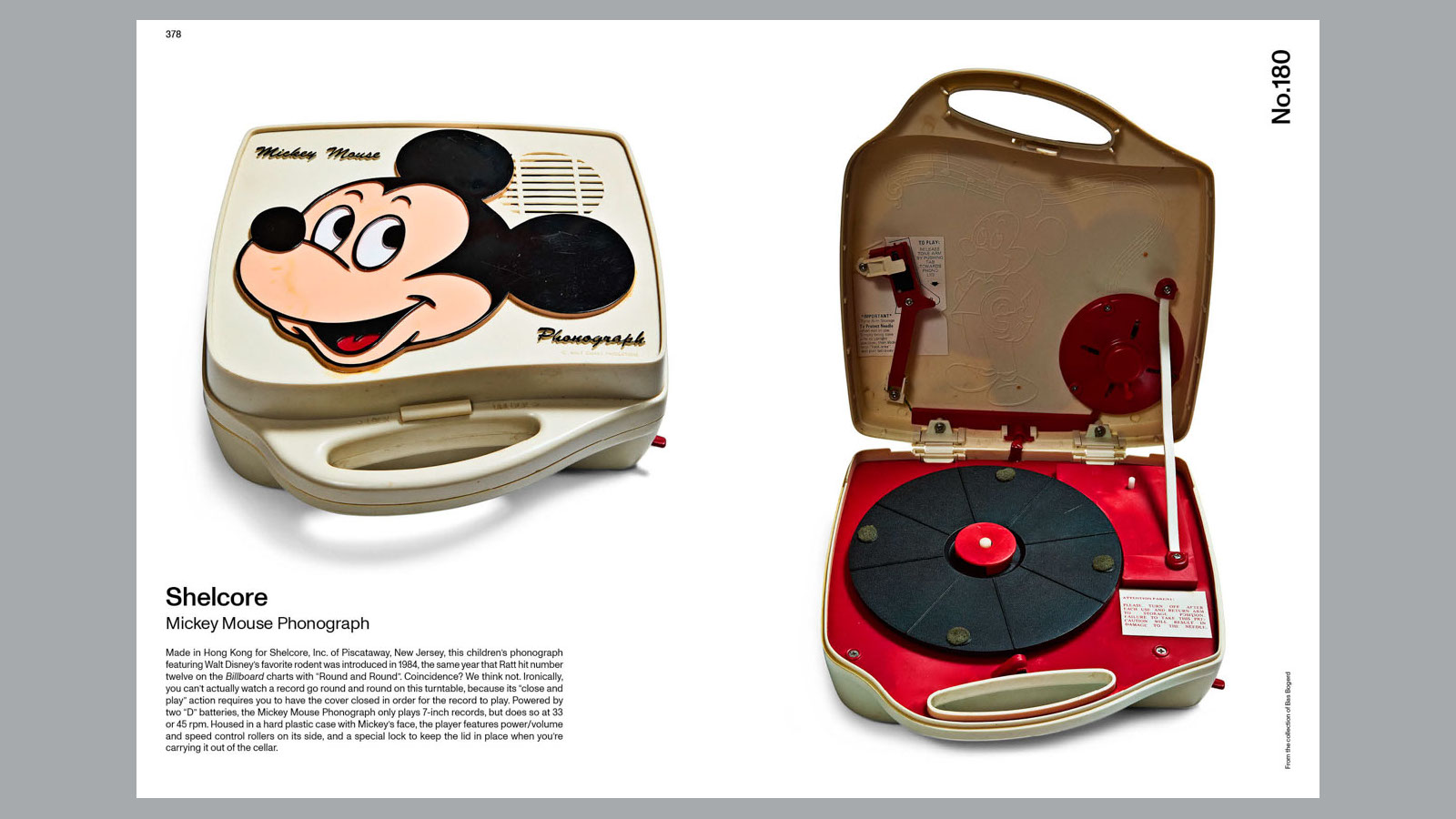 14 of the best new books for music buffs
14 of the best new books for music buffsFrom music-making tech to NME cover stars, portable turntables and the story behind industry legends – new books about the culture and craft of recorded sound
-
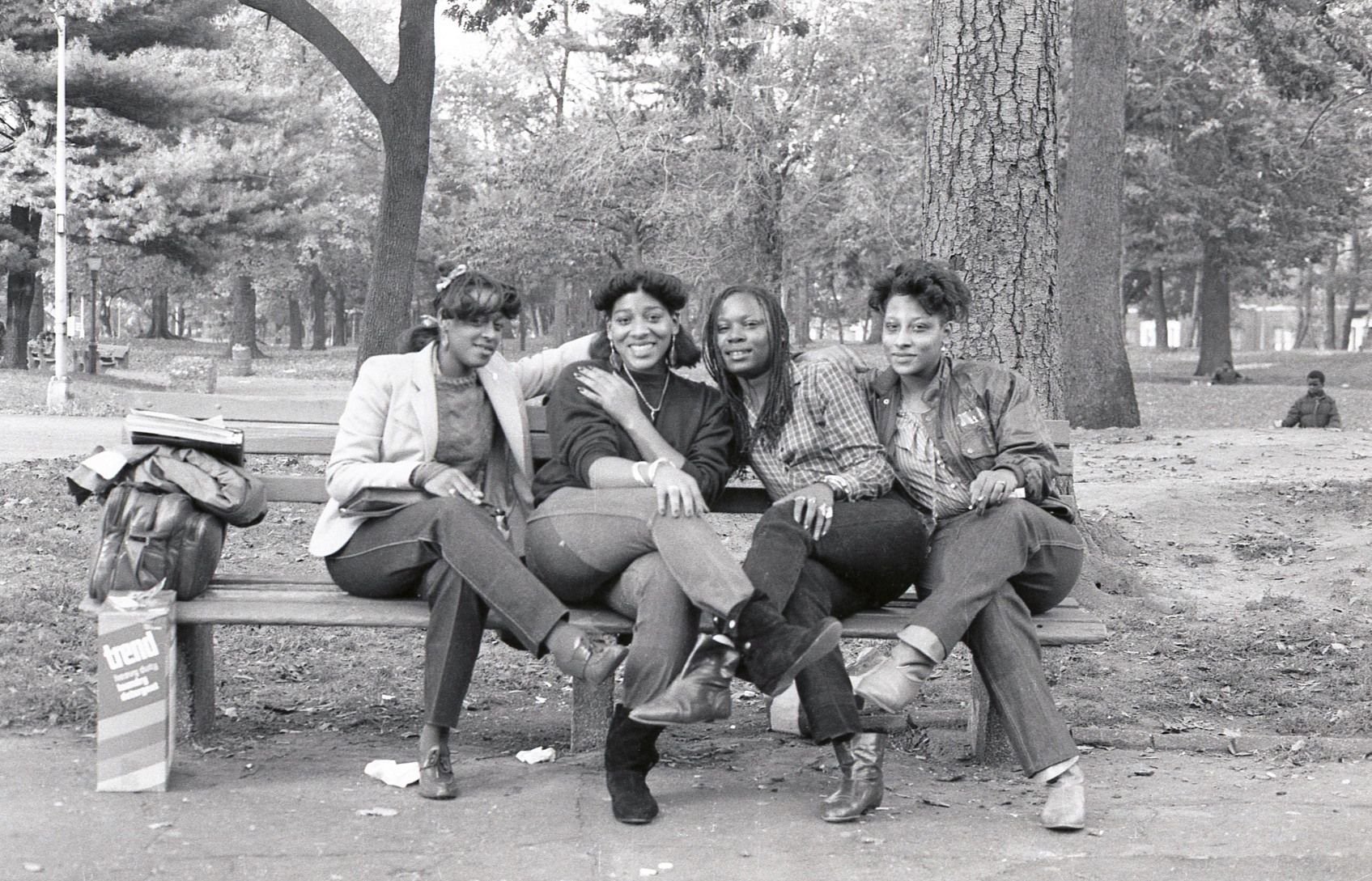 Jamel Shabazz’s photographs are a love letter to Prospect Park
Jamel Shabazz’s photographs are a love letter to Prospect ParkIn a new book, ‘Prospect Park: Photographs of a Brooklyn Oasis, 1980 to 2025’, Jamel Shabazz discovers a warmer side of human nature